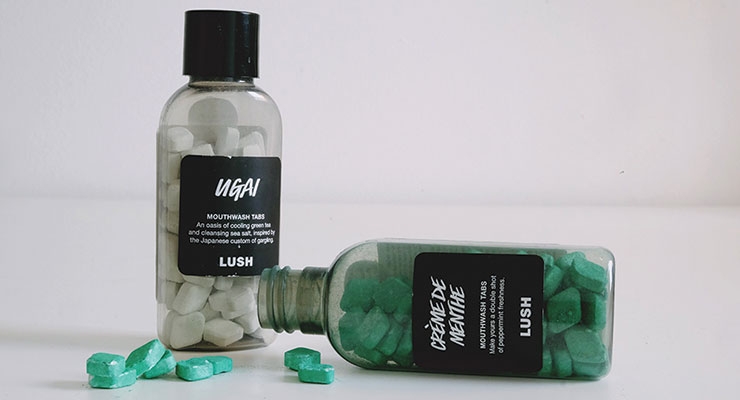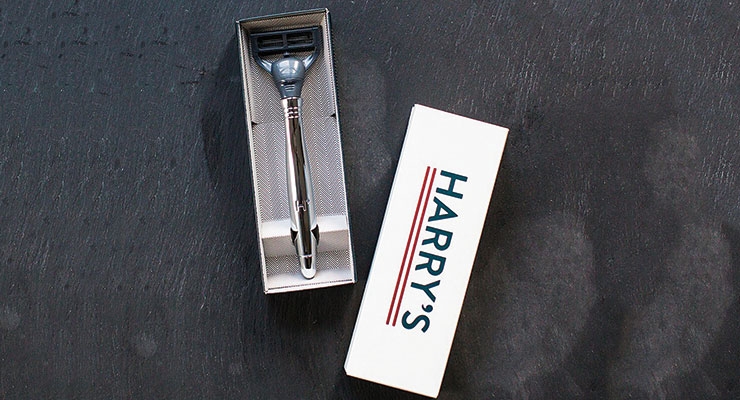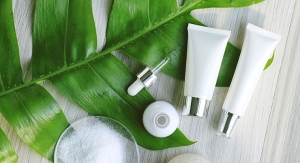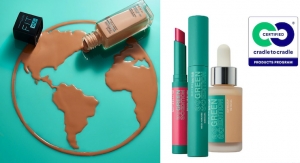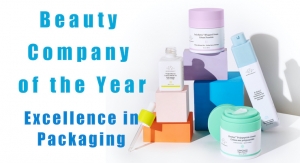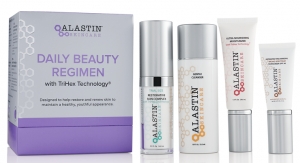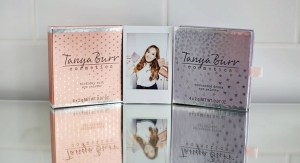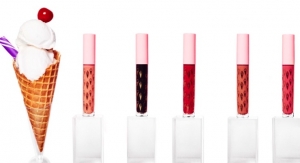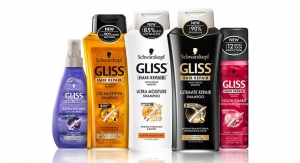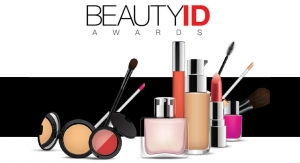Nick Dormon, Managing Director and Strategy Director at Echo Brand Design05.01.17
Now more than ever, we are seeing the beauty world turn to time-honored traditions that draw on ancient cultures and heritage.
Contemporary beauty brands are inspiring new interest and gravitas among consumers who desire the discovery of lost skills and crafts in beauty.
When designing products that play on the art of unearthing past rituals, the challenge lies in designing provenance in a contemporary and relevant way. Graphic design, illustration, structure and the optimum packaging materials all play an integral role. Designing tone of voice is also crucial as the communication of product descriptions and directions is especially important and very much part of creating delight for the consumer. Here we review three brands successfully recognizing and responding to this shift.
Edible Expertise
Inspired by her Cuban great-grandmother’s beauty recipes taken from edible ingredients and the realization that there was a growing audience for kitchen cosmetics, Tina Hedges founded Loli. Based on a direct-to-consumer subscription model, each of the monthly parcels comes packed with pre-measured, sustainably sourced ingredients and easy-to-follow instructions. In the case of Loli, this desire for discovery is inherent in every touchpoint. For example, the back-to-basic packaging lets the ingredients compel and take center stage, while the blend-it-yourself recipes vary from kit to kit. A brand inspired by heritage, Loli combines this with a fresh contemporary look and feel that brings relevance today.
Exploring ancient rituals
The global beauty brand Lush Cosmetics recently launched its latest product innovation, a solid mouthwash. The mouthwash tablets are inspired by the traditional Japanese ritual of gargling. A custom that is said to have been around since the Heian period, “bukubuku” (rinsing the mouth) and “garagara” (rinsing the throat) gargling techniques have traditionally been used to cleanse impurities from outside or following a meal. With three flavors, the Ugai variant is packed with Australian antibacterial tea tree and Atlantic sea salt; green tea powder is also a key ingredient and regarded as a medicinal herb in Japan. These ingredients add another layer of credibility and provenance to the product. By basing the ritual around the behaviors of a trusted Japanese generation, Lush has created both intrigue and confidence around a product experience that could otherwise be polarizing.
Reach back in time
Fueled by political unease at home and negative press associated with the high street giants, some bigger brands are suffering from a lack of trust and the changing perception that smaller local brands are more trustworthy. In reaction to this, brands are reaching into the past and dusting down the archives in an attempt to feel more honest and authentic. Choosing to avoid the futuristic, high-tech design that had become synonymous with the industry, Harry’s is a male grooming brand set to take things back to a time when things were simpler, less clustered and easy to access. This narrative is being told to their audience via strong design decisions from the simple, minimal and clean packing to their shaving handles that have taken inspiration from old pens and knives.
What does this mean for your brand?
Be adventurous: Surprise your consumers with new rituals or traditions and allow them to explore alternative parts of the globe through your brand lens. Consider how graphics and illustration celebrate this provenance in a contemporary way that is unique to your brand truth.
Embrace structure: Allow a new packaging structure or format to tell the story of your ritual and wholly engage the consumer in the process. Structural design can help educate and delight the consumer in a new product discovery.
Borrow from the locals: When it fits with your brand values, tap into local knowledge, artists and experts to help give your brand deeper local relevance.
Re-appropriate: It’s not enough to simply lift design from the archives; consider the heritage associated with your brand values and look to re-appropriate nostalgic designs for a more authentic and contemporary feel.
About the author:
Nick Dormon is managing director and strategy director at Echo Brand Design.
Contemporary beauty brands are inspiring new interest and gravitas among consumers who desire the discovery of lost skills and crafts in beauty.
When designing products that play on the art of unearthing past rituals, the challenge lies in designing provenance in a contemporary and relevant way. Graphic design, illustration, structure and the optimum packaging materials all play an integral role. Designing tone of voice is also crucial as the communication of product descriptions and directions is especially important and very much part of creating delight for the consumer. Here we review three brands successfully recognizing and responding to this shift.
Edible Expertise
Inspired by her Cuban great-grandmother’s beauty recipes taken from edible ingredients and the realization that there was a growing audience for kitchen cosmetics, Tina Hedges founded Loli. Based on a direct-to-consumer subscription model, each of the monthly parcels comes packed with pre-measured, sustainably sourced ingredients and easy-to-follow instructions. In the case of Loli, this desire for discovery is inherent in every touchpoint. For example, the back-to-basic packaging lets the ingredients compel and take center stage, while the blend-it-yourself recipes vary from kit to kit. A brand inspired by heritage, Loli combines this with a fresh contemporary look and feel that brings relevance today.
Exploring ancient rituals
The global beauty brand Lush Cosmetics recently launched its latest product innovation, a solid mouthwash. The mouthwash tablets are inspired by the traditional Japanese ritual of gargling. A custom that is said to have been around since the Heian period, “bukubuku” (rinsing the mouth) and “garagara” (rinsing the throat) gargling techniques have traditionally been used to cleanse impurities from outside or following a meal. With three flavors, the Ugai variant is packed with Australian antibacterial tea tree and Atlantic sea salt; green tea powder is also a key ingredient and regarded as a medicinal herb in Japan. These ingredients add another layer of credibility and provenance to the product. By basing the ritual around the behaviors of a trusted Japanese generation, Lush has created both intrigue and confidence around a product experience that could otherwise be polarizing.
Reach back in time
Fueled by political unease at home and negative press associated with the high street giants, some bigger brands are suffering from a lack of trust and the changing perception that smaller local brands are more trustworthy. In reaction to this, brands are reaching into the past and dusting down the archives in an attempt to feel more honest and authentic. Choosing to avoid the futuristic, high-tech design that had become synonymous with the industry, Harry’s is a male grooming brand set to take things back to a time when things were simpler, less clustered and easy to access. This narrative is being told to their audience via strong design decisions from the simple, minimal and clean packing to their shaving handles that have taken inspiration from old pens and knives.
What does this mean for your brand?
Be adventurous: Surprise your consumers with new rituals or traditions and allow them to explore alternative parts of the globe through your brand lens. Consider how graphics and illustration celebrate this provenance in a contemporary way that is unique to your brand truth.
Embrace structure: Allow a new packaging structure or format to tell the story of your ritual and wholly engage the consumer in the process. Structural design can help educate and delight the consumer in a new product discovery.
Borrow from the locals: When it fits with your brand values, tap into local knowledge, artists and experts to help give your brand deeper local relevance.
Re-appropriate: It’s not enough to simply lift design from the archives; consider the heritage associated with your brand values and look to re-appropriate nostalgic designs for a more authentic and contemporary feel.
About the author:
Nick Dormon is managing director and strategy director at Echo Brand Design.


